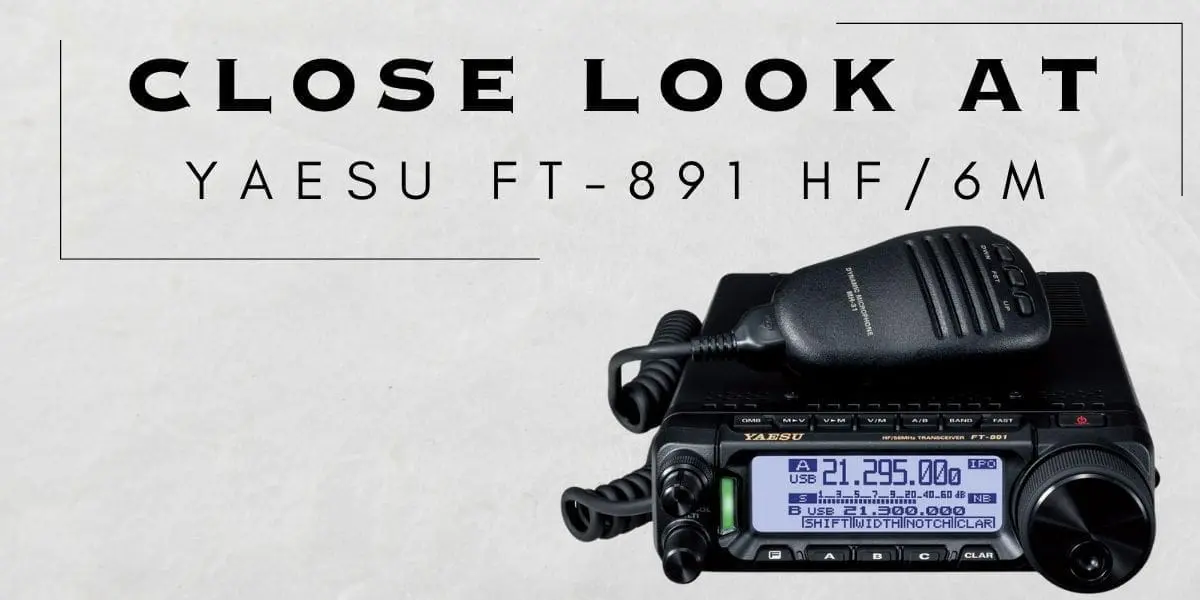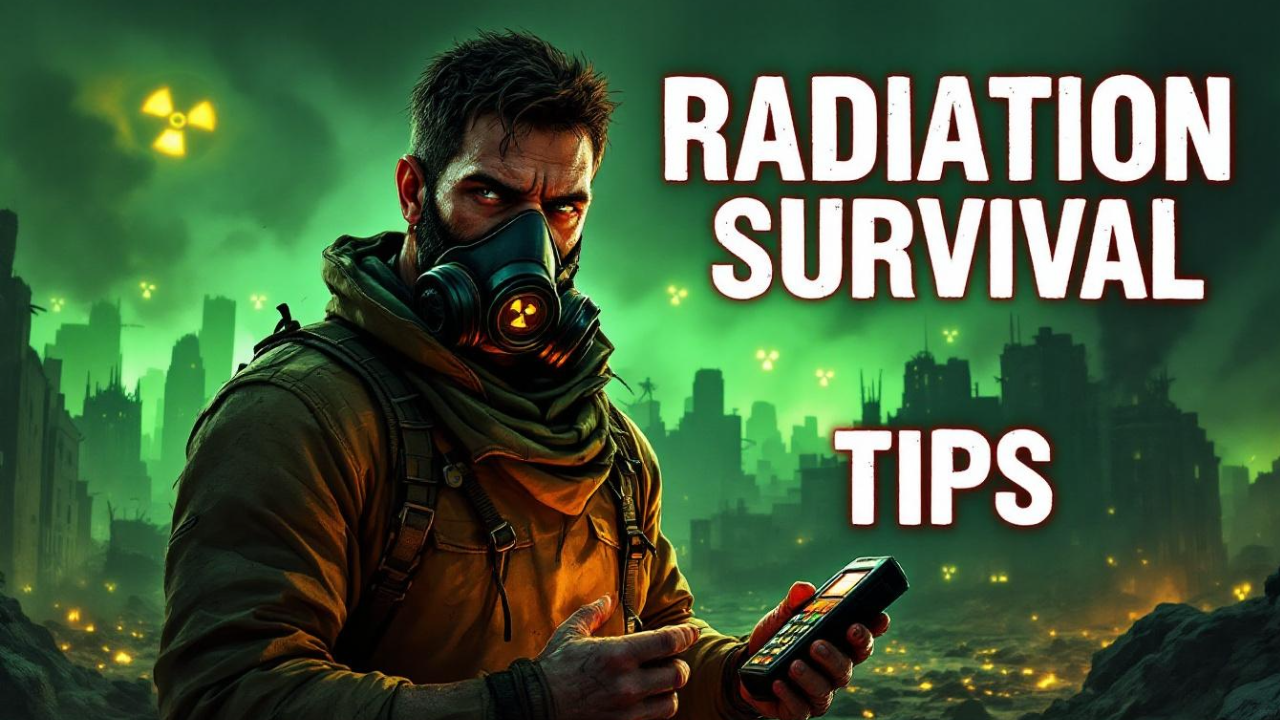Covert Surveillance Detection: Safeguarding Your Privacy
Introduction
In today’s digital age, safeguarding our privacy has become more important than ever. With the increasing prevalence of covert surveillance, it is crucial to understand how to detect and counter these surveillance techniques. Covert surveillance detection refers to the ability to identify and neutralize surveillance threats, ensuring our privacy remains intact. In this article, we will explore various anti-surveillance tactics, counterintelligence methods, and privacy protection strategies to help you safeguard your privacy.

Understanding Covert Surveillance
Before delving into the techniques to detect and counter covert surveillance, it is essential to understand the different types of surveillance methods employed by individuals and organizations. Covert surveillance can take various forms, including:
- Physical surveillance: This involves the use of human agents to monitor and gather information discreetly.
- Electronic surveillance: This includes the use of technology, such as hidden cameras, audio recording devices, or tracking devices, to monitor individuals.
- Online surveillance: With the increasing reliance on digital platforms, online surveillance involves monitoring individuals’ online activities, including their browsing history, social media interactions, and communication.
These surveillance methods can be employed for various purposes, such as gathering intelligence, tracking individuals, or monitoring activities. It is important to be aware of these techniques to better protect our privacy.

Anti-Surveillance Tactics
When it comes to detecting and countering covert surveillance, there are several tactics that can be employed. These tactics aim to increase awareness of one’s surroundings and identify any suspicious activities. Some effective anti-surveillance tactics include:
- Observation: Paying attention to your surroundings and being aware of any unusual or repeated patterns can help identify potential surveillance.
- Disguise: Altering your appearance or behavior can make it more difficult for surveillance operatives to track or recognize you.
- Counter-surveillance: Employing techniques to actively monitor and gather information on potential surveillance operatives can help identify their presence.
- Secure communication: Using encrypted messaging apps or secure communication channels can protect your conversations from being intercepted.
By implementing these anti-surveillance tactics, you can enhance your privacy and reduce the risk of being monitored without your consent.

Counterintelligence Methods
Counterintelligence methods are employed to identify and neutralize surveillance threats effectively. These methods are often utilized by professionals, such as intelligence agencies or security personnel, to protect sensitive information. Some common counterintelligence methods include:
- Surveillance detection routes: Establishing predetermined routes and conducting regular checks to identify any potential surveillance.
- Technical surveillance countermeasures (TSCM): Utilizing specialized equipment to detect and neutralize electronic surveillance devices.
- Deception operations: Employing tactics to mislead or confuse surveillance operatives, making it difficult for them to gather accurate information.
- Information compartmentalization: Restricting access to sensitive information on a need-to-know basis, minimizing the risk of unauthorized surveillance.
These counterintelligence methods require expertise and specialized training. However, understanding their principles can help individuals enhance their privacy protection strategies.

Privacy Protection Strategies
Protecting personal information and privacy is of utmost importance in today’s digital world. With the increasing prevalence of data breaches and online surveillance, it is crucial to adopt effective privacy protection strategies. Some strategies to safeguard your privacy include:
- Strong passwords: Using unique and complex passwords for online accounts can prevent unauthorized access.
- Two-factor authentication: Enabling two-factor authentication adds an extra layer of security to your online accounts.
- Privacy settings: Adjusting privacy settings on social media platforms and other online services can limit the amount of personal information visible to others.
- Regular software updates: Keeping your devices and software up to date ensures you have the latest security patches and protection against vulnerabilities.
By implementing these privacy protection strategies, you can minimize the risk of your personal information falling into the wrong hands.

Surveillance Evasion Techniques
In certain situations, it may be necessary to evade surveillance altogether to maintain privacy. Surveillance evasion techniques can help individuals avoid being monitored or tracked. Some common surveillance evasion methods include:
- Changing routines: Altering your daily routines can make it more difficult for surveillance operatives to predict your movements.
- Using public transportation: Opting for public transportation instead of private vehicles can make it harder to track your movements.
- Utilizing secure communication channels: Using encrypted messaging apps or secure phone lines can protect your conversations from being intercepted.
- Physical barriers: Employing physical barriers, such as curtains or blinds, can prevent visual surveillance.
These surveillance evasion techniques can be useful in situations where maintaining privacy is crucial.

Counter Surveillance Tips and Techniques
Being proactive in protecting your privacy is essential. Counter surveillance involves actively detecting and countering covert surveillance threats. Here are some practical tips to help you detect and counter surveillance:
- Regularly check for physical surveillance: Conduct visual inspections of your surroundings to identify any suspicious or hidden cameras.
- Monitor your digital footprint: Regularly review your online presence and remove any personal information that could be used for surveillance.
- Be cautious of phishing attempts: Avoid clicking on suspicious links or providing personal information to unknown sources.
- Use secure networks: When accessing the internet, connect to secure and trusted networks to minimize the risk of surveillance.
By following these counter surveillance tips and techniques, you can actively protect your privacy and reduce the risk of covert surveillance.
Frequently Asked Questions (FAQ)
- What is the difference between covert surveillance and overt surveillance?
Covert surveillance refers to monitoring or gathering information without the knowledge or consent of the
- How can I detect if I am being covertly surveilled?
Signs of covert surveillance can include unexplained physical or digital anomalies, repeated patterns, or individuals exhibiting suspicious behavior.
- Are there any legal implications of conducting covert surveillance?
The legality of covert surveillance varies depending on the jurisdiction and the specific circumstances. It is important to familiarize yourself with the laws and regulations in your area.
- Can I use counterintelligence methods to protect my online privacy?
While counterintelligence methods are primarily used by professionals, some principles can be applied to enhance online privacy protection, such as using secure communication channels and regularly monitoring your digital footprint.
- What are some common signs of covert surveillance?
Common signs of covert surveillance include unexplained physical or digital anomalies, individuals exhibiting suspicious behavior, or a feeling of being constantly watched or monitored.






























